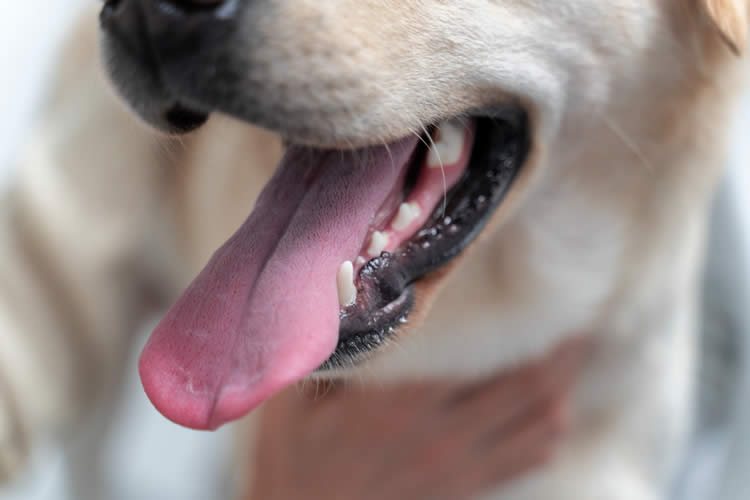When it comes to keeping our furry companions safe and healthy, choosing the right flea treatment is paramount. Fleas can cause discomfort, lead to health issues, and even affect the well-being of our households.
With so many products available, navigating the options can be overwhelming. In this guide, we’ll explore the best practices for selecting flea treatments for dogs, ensuring that you find the most effective and safest options for your beloved pet.
Understanding Fleas and Their Impact on Dogs
Fleas are tiny parasites that thrive on the blood of mammals, including dogs. They can cause a range of issues, from mild irritation to severe allergic reactions. Here are some key points to consider:
Common Symptoms of Flea Infestation
- Itching and Scratching: One of the most obvious signs of flea presence is excessive scratching, biting, or licking of the skin.
- Skin Irritation: You may notice redness, scabs, or hot spots where your dog has been scratching.
- Flea Dirt: This appears as tiny black specks in your dog’s fur, which are actually flea droppings.
- Hair Loss: Infestations can lead to bald patches due to constant scratching and biting.
Health Risks Associated with Fleas
Fleas not only cause discomfort but can also transmit diseases and lead to serious health complications. Some of the risks include:
- Flea Allergy Dermatitis: An allergic reaction to flea saliva that can cause severe itching and skin infections.
- Tapeworms: Dogs can ingest fleas while grooming, leading to tapeworm infestations, which require additional treatment.
- Anemia: Severe infestations, especially in puppies, can result in blood loss and lead to anaemia.
Understanding the potential impact of fleas on your dog’s health highlights the importance of effective prevention and treatment strategies.
Factors to Consider When Choosing Flea Treatments
Selecting the right flea treatment involves considering various factors to ensure safety and efficacy. Here’s what to keep in mind:
Age and Weight of Your Dog
- Puppies: Many flea treatments are not suitable for puppies under eight weeks of age. Always check the product label for age restrictions.
- Weight: Dosages often vary based on your dog’s weight, so ensure you choose a product that matches your dog’s size.
Health History
- Existing Conditions: If your dog has a history of seizures or other health issues, consult your veterinarian to find a safe option.
- Current Medications: Some flea treatments can interact with other medications your dog may be taking, so it’s crucial to discuss this with your vet.
Lifestyle and Environment
- Indoor vs. Outdoor: Dogs that spend more time outdoors may require different treatments compared to those that are primarily indoors.
- Other Pets: If you have multiple pets, consider how the treatment will affect them, especially if you have cats, as some dog treatments can be harmful to felines.
Regional Considerations
- Local Flea Populations: Different areas may have varying flea species, and some products may be more effective against specific types.
- Resistance Issues: Be aware of any local reports of flea resistance to certain treatments, which could influence your choice.
Types of Flea Treatments Available
There are several types of flea treatments on the market, each with its own benefits and drawbacks. Here’s a breakdown of the most common options:
Topical Treatments
These are liquid solutions applied directly to your dog’s skin, usually between the shoulder blades.
- Advantages:
- Quick acting and effective against adult fleas.
- Some provide residual protection for several weeks.
- Disadvantages:
- May not be safe for use around cats.
- Can be ineffective if not applied correctly.
Oral Medications
These come in the form of tablets or chews that your dog ingests.
- Advantages:
- Highly effective and easy to administer.
- No risk of topical residues affecting other pets or children.
- Disadvantages:
- Some dogs may experience gastrointestinal upset.
- Often, it requires a prescription.
Flea Collars
These collars release chemicals that repel or kill fleas.
- Advantages:
- Long-lasting protection (up to several months).
- Generally affordable and easy to use.
- Disadvantages:
- Limited effectiveness compared to other treatments.
- Risk of skin irritation if not fitted properly.
Flea Shampoos and Sprays
These products are used to wash your dog or treat specific areas.
- Advantages:
- Provides immediate relief from fleas.
- Can be a good option for dogs with severe infestations.
- Disadvantages:
- Effects are short-lived, requiring frequent applications.
- May not be practical for ongoing prevention.
Consultation with Your Veterinarian
Before choosing a flea treatment, it’s essential to consult your veterinarian. They can provide tailored advice based on your dog’s specific needs, health history, and lifestyle. Here’s how to prepare for your vet visit:
Questions to Ask
- What type of flea treatment is best for my dog’s age and weight?
- Are there any side effects I should be aware of?
- How often should I apply or administer the treatment?
- Should I consider a combination of treatments for better protection?
Importance of Professional Guidance
Veterinarians can help navigate the vast array of products available, ensuring that you select a treatment that not only works but is also safe for your dog. They may also recommend preventive measures to keep fleas at bay.
Implementing a Flea Prevention Strategy
Once you’ve chosen a flea treatment, it’s important to implement a comprehensive prevention strategy. Here are some tips to ensure your dog remains flea-free:
Regular Treatments
- Consistency is Key: Follow the recommended schedule for administering treatments to maintain protection.
- Seasonal Considerations: Flea activity can increase during warmer months, so consider using treatments year-round in high-risk areas.
Home Environment Management
- Vacuum Regularly: Keep your home clean by vacuuming carpets, rugs, and upholstery to remove flea eggs and larvae.
- Wash Bedding: Regularly wash your dog’s bedding in hot water to eliminate any lingering fleas or eggs.
Yard Maintenance
- Keep Grass Trimmed: Fleas thrive in tall grass and bushes, so maintaining your yard can help reduce their population.
- Consider Outdoor Treatments: If your dog spends a lot of time outside, consider using yard sprays or granules specifically designed to combat fleas.
Monitoring for Effectiveness
After implementing a flea treatment, it’s important to monitor your dog for signs of effectiveness:
Observing Changes
- Reduction in Scratching: A noticeable decrease in scratching or biting can indicate that the treatment is working.
- Flea Checks: Regularly check your dog’s coat for fleas or flea dirt to assess the treatment’s effectiveness.
Follow-Up with Your Vet
If you notice persistent flea problems despite treatment, consult your veterinarian. They may recommend alternative products or additional measures to control the infestation.
Our Final Say!
Choosing the best flea treatment for your dog is a crucial step in ensuring their health and comfort. By understanding the various options available and considering your dog’s unique needs, you can make an informed decision that keeps your furry friend flea-free.
Regular consultations with your veterinarian, coupled with a comprehensive prevention strategy, will help safeguard your pet against these pesky parasites. Remember, a proactive approach today can lead to a happier, healthier dog tomorrow.









